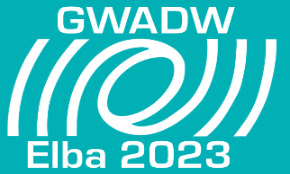Speaker
Description
The Einstein Telescope (ET) is hosting interferometers to detect both low-frequency (LF) and high-frequency gravitational wave signals.
In order to reduce thermal noise, the main optics will partly be cooled to cryogenic temperatures below 20 K for ET-LF. Here, special measures are needed to mitigate frost formation on the cryogenic mirror, which is critical due to degradations of the optical performance. To allow for a system analysis of the cryogenic vacuum area, a Test Particle Monte Carlo model has been established with the KIT in-house code ProVac3D. It assesses the impinging rate of residual gas on the cryogenic mirror, depending on the particle sources and the pumping performance of the installed cryopumps. These cryopumps are a result of extensive simulations of the system and its gas sources with ProVac3D in order to fulfill the multiple pressure requirements. Besides the vacuum considerations, in a next step the heat loads on the mirror as well as on the cryopumps need to be addressed.
This paper will show a conceptual design of the ET-LF cryopumps that fulfills the requirements on vacuum pressures and monolayer formation times on the mirror. Additionally, first technical design ideas for a modular in-pipe type cryopump will be discussed.

